 Abraham Lincoln
If given the truth, the people can be depended upon to meet any national crisis...
Abraham Lincoln
If given the truth, the people can be depended upon to meet any national crisis...
 Guildford news...
for Guildford people, brought to you by Guildford reporters - Guildford's own news service
Guildford news...
for Guildford people, brought to you by Guildford reporters - Guildford's own news service
Birdwatcher’s Diary No.259
Published on: 18 Jul, 2022
Updated on: 18 Jul, 2022
By Malcolm Fincham
The forecast for the first two weeks of July were looking quite promising as a high pressure pushed into the UK from the Azores.
In a the stillness of a churchyard in Worplesdon a firecrest could be heard singing.
While under the patterned sunlight that filtered through the tall pine trees, in the serene silence just beyond the weather-worn gravestones a fox ambled past as I sat motionless on a bench close-by.
Even a roe deer came out of a wooded area looking questionably at me while chewing a leaf before ambling back into the undergrowth.
The regular sounds of a group of a dozen or more ring-necked parakeets could be heard flying overhead in the evening sunshine.
As the church bell struck six times a few butterflies continued to dance around the gravestones in dappled evening light. A red admiral paused to rest on a gravestone and allowed me time for a photo before rejoining the other in their salutation.
Of course, in recent years no day could be complete locally without a red kite overhead.
Just down the road at Britten’s Pond, at its entrance by the car park, a large gathering of Canada and greylag geese continued to assemble. Now with them the addition of a few young geese among the congregation.
Young robins could be seen feeding, intendant of their parents although, as yet, not having developed their red breasts. Most adults had by now fallen silent of their song. This due to being more vulnerable while going through their moult after their hectic breeding season.
House martins could be viewed, some now with young fly-catching over the pond.
Chiffchaffs could be viewed fly-catching from the trees and bushes that overhang the water. While families of long tailed tits worked their way through the hedgerow.
More distant visits during the first days of the month in the company of Dougal included a trip to Heath Pond in Petersfield, Hampshire, where a ruddy shelduck was visiting.
It could viewed among a large group in excess of 150 Egyptian geese.
Adding to the day’s sightings there was a little egret, unsuccessfully attempting to catch a large dragonfly as it flew back and forth past it.
Several treecreepers calling added to the delights, with one seen on a tree close by.
We also found an opportunity to visit Staines Reservoir to see a red-necked grebe, a rare visitor in recent years to southern regions of the UK. Unfortunately in spite of decent views through a “scope” it remained too distant to photo.
At Sheepleas, near East Horsley, on July 8 the first few white letter hairstreak butterflies could be seen for the first time this year buzzing around the top of a Wych elm tree.
While watching the tree we counted 10 other more common species of butterfly at the same location. One new one for the year for me was a gatekeeper butterfly.
To complete our visit, feeding on the nectar of a buddleia flowering close by, a hummingbird hawk-moth could be viewed.
The sound of a bullfinch could also be heard nearby. Although unable to locate we were rewarded with the sight and sound of a marsh tit.
Thoughts we had on a venture up to Bempton Cliffs in East Yorkshire had been on the table for several months.
A black-browed albatross had returned there, and although unpredictable as to whether it would be a day (of many) it would disappear far out to sea, reports appeared that it had become a little more settled in recent weeks. On July 9, in the company of Bob and Dougal we decided to bite the bullet and go for it.
My previous visit there was in 2016 and I had fond memory’s and even wrote about it in a previous report.
As often with individuals within the animal kingdom ‘he’ was now commonly referred to as Albert. (Albert the albatross).
Although there have been several sightings in the UK of black-browed albatross over the past 50 years, it’s quite feasible (as they can exceed an 80-year lifespan) that they could all be of the same bird. Albert is thought to be the only record of one presently living in the Northern Hemisphere.
Strictly a bird of the Southern Hemisphere its reasons for crossing the equator are unknown.
As it happened our luck was in. Having driven through the night we arrived at Bempton soon after 5am. Already that morning it flown out to sea a few times but had made a return to the cliffs there.
Our first sightings of it was soon after 6am when it flew out from the rocks below the cliff-face and glided about over the sea before attempting to resettle on the rocks.
To our favour, its attempts to re-land weren’t much favoured by the gannets nesting along the cliffs and it continued to emerge back out within our view before it was eventually able to find a place to settle.
A little further along the path from our original sightings of it, and although more distant to view, we found a spot where we could look back along the cliff-face and pick ‘Albert’ out through Dougal’s “scope” as it perched upon the rocks.
Stepping right into the sideshow of birds along the cliffs, that would undoubtedly delight those as much as me as I don’t regularly visit such places, the satisfaction was guaranteed, even without such an enigmatic sight of an albatross being present.
Probably the most adorable and delightful of the birds present on the cliffs were the puffins.
To me however, just as endearing were the razorbills.
Unfortunately, I could so easily repeat the phrase “one of my favourites” to each and every species present.
Soon adding guillemots to my list.
Kittiwakes were an exemplary example of the gull species present that could so easily be grouped in as ‘seagulls’ to a non birdwatcher. With their dainty looks what could be more different to the local ones we see?
Fulmars are also gull-like birds but are in fact related to the albatross.
As on my previous visit one of my favourites also had to be the gannets flying at eye level along the top of the cliffs.
On inland farmlands close to the cliffs groups of tree sparrows could be viewed. Once a common sight in our Surrey countryside but now sadly absent, this thought to be due to changes in farming methods.
Also in good number were corn buntings.
And it seemed that in every bush there wasn’t one, it was replaced by the song of a yellowhammer.
Another bird breeding in the area, but only seen passing through during spring and autumn in southern regions of the UK, were yellow wagtails.
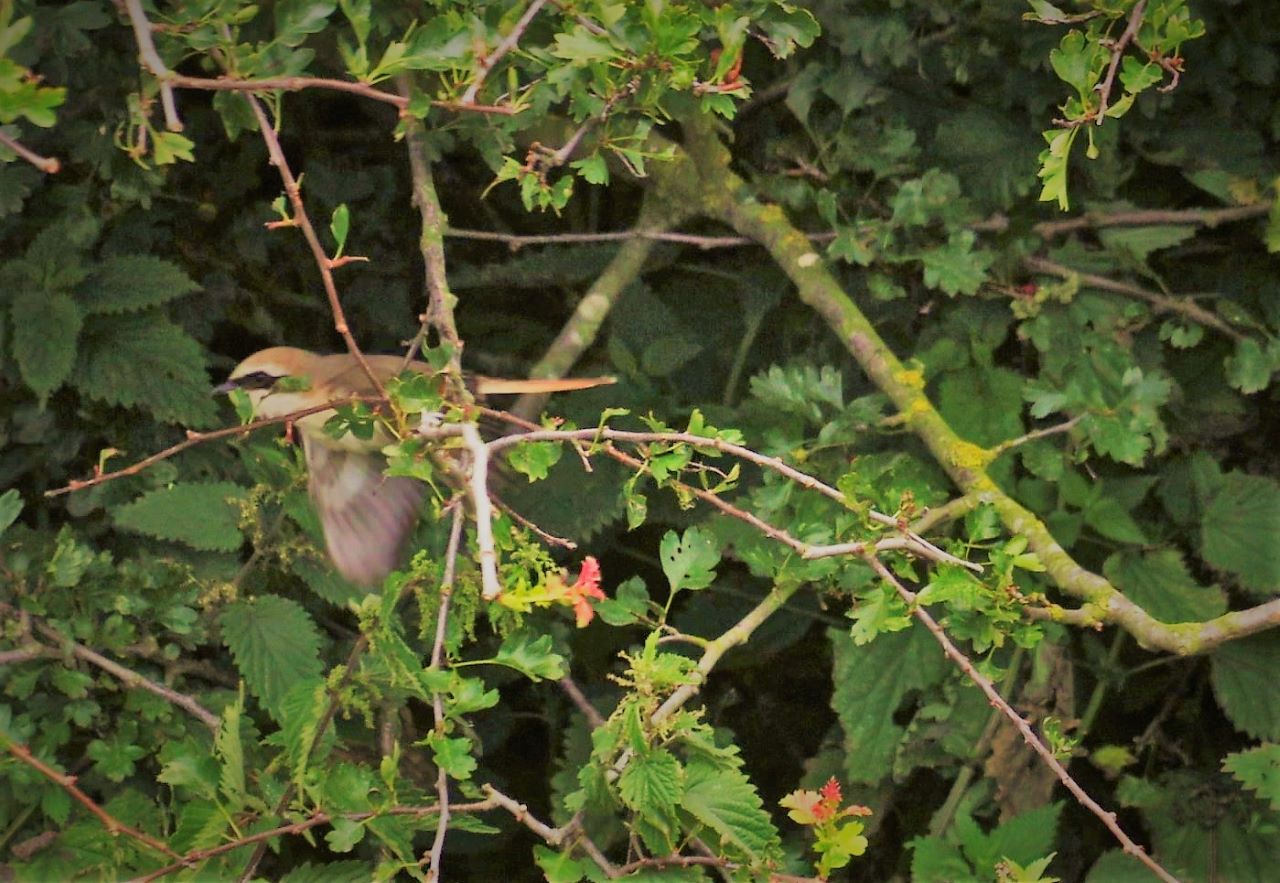 Adding to my delights was that of a red-tailed shrike (Turkestan shrike), that had been reported on some farmland near Bempton Cliffs. Another first for me!
Adding to my delights was that of a red-tailed shrike (Turkestan shrike), that had been reported on some farmland near Bempton Cliffs. Another first for me!
Just to complete are weekend venture, on our return the following day we decided to stop off to see what are thought to be the most northerly breeding success of black-winged stilts at Potteric Carr nature reserve, near Doncaster, Yorkshire.
Back in Guildford as we approached the middle of the month temperatures were on the rise. On several days leading up to the middle of the month exceeding 30c.
A return to Britten’s Pond saw a few purple hairstreaks butterflies dogfighting high up in the oak trees near the car park.
I was also able to catch up on my first photo in a while of a male bullfinch perched up and calling, having missed out on the one heard the previous week at Sheepleas.
A nuthatch also made an appearance making easy work of clawing its way down an oak tree by the water’s edge, as it checked the crevices of the bark for insects.
A family group of wrens moved rapidly in and out of cover of the nearby brambles. While a family of long-tailed tits, as in my previous visit, constantly called from within the branches about me.
Back at home, in the comfort of my own back garden, swifts, now with young on the wing, were a delight to my ears as they screamed low through my garden.
And after many attempts, I eventually got one on camera!
Recent Articles
- Guildford Institute’s Crowdfunding Project for Accessible Toilet in its New Community and Wellbeing Centre
- Letter: Guildford – Another Opportunity Missed?
- Letter: GBC’s Corporate Strategy – Where Is the Ambition?
- My Memories of John Mayall at a Ground-breaking Gig in Guildford Nearly Six Decades Ago
- Westborough HMO Plans ‘Losing the Heart of the Street’ Says Resident
- College Invests to Boost Surrey’s Economy and Close Digital Skills Gap
- Community Lottery Brings Big Wins for Local Charities
- GBC Housing Plan Promises ‘A Vibrant Urban Neighbourhood’ Near Town Centre
- Hospital Pillows ‘Shortage’ at the Royal Surrey
- Updated: Caravans Set Up Camp at Ash Manor School


Search in Site
Media Gallery
Dragon Interview: Local Artist Leaves Her Mark At One of England’s Most Historic Buildings
January 21, 2023 / No Comment / Read MoreDragon Interview: Lib Dem Planning Chair: ‘Current Policy Doesn’t Work for Local People’
January 19, 2023 / No Comment / Read MoreA3 Tunnel in Guildford ‘Necessary’ for New Homes, Says Guildford’s MP
January 10, 2023 / No Comment / Read More‘Madness’ for London Road Scheme to Go Ahead Against ‘Huge Opposition’, Says SCC Leader
January 6, 2023 / No Comment / Read MoreCouncillor’s Son Starts Campaign for More Consultation on North Street Plan
December 30, 2022 / No Comment / Read MoreCounty Council Climbs Down Over London Road Works – Further ‘Engagement’ Period Announced
December 14, 2022 / No Comment / Read MoreDragon Interview: GBC Reaction to the Government’s Expected Decision to Relax Housing Targets
December 7, 2022 / No Comment / Read MoreHow Can Our Town Centre Businesses Recover? Watch the Shop Front Debate
May 18, 2020 / No Comment / Read More



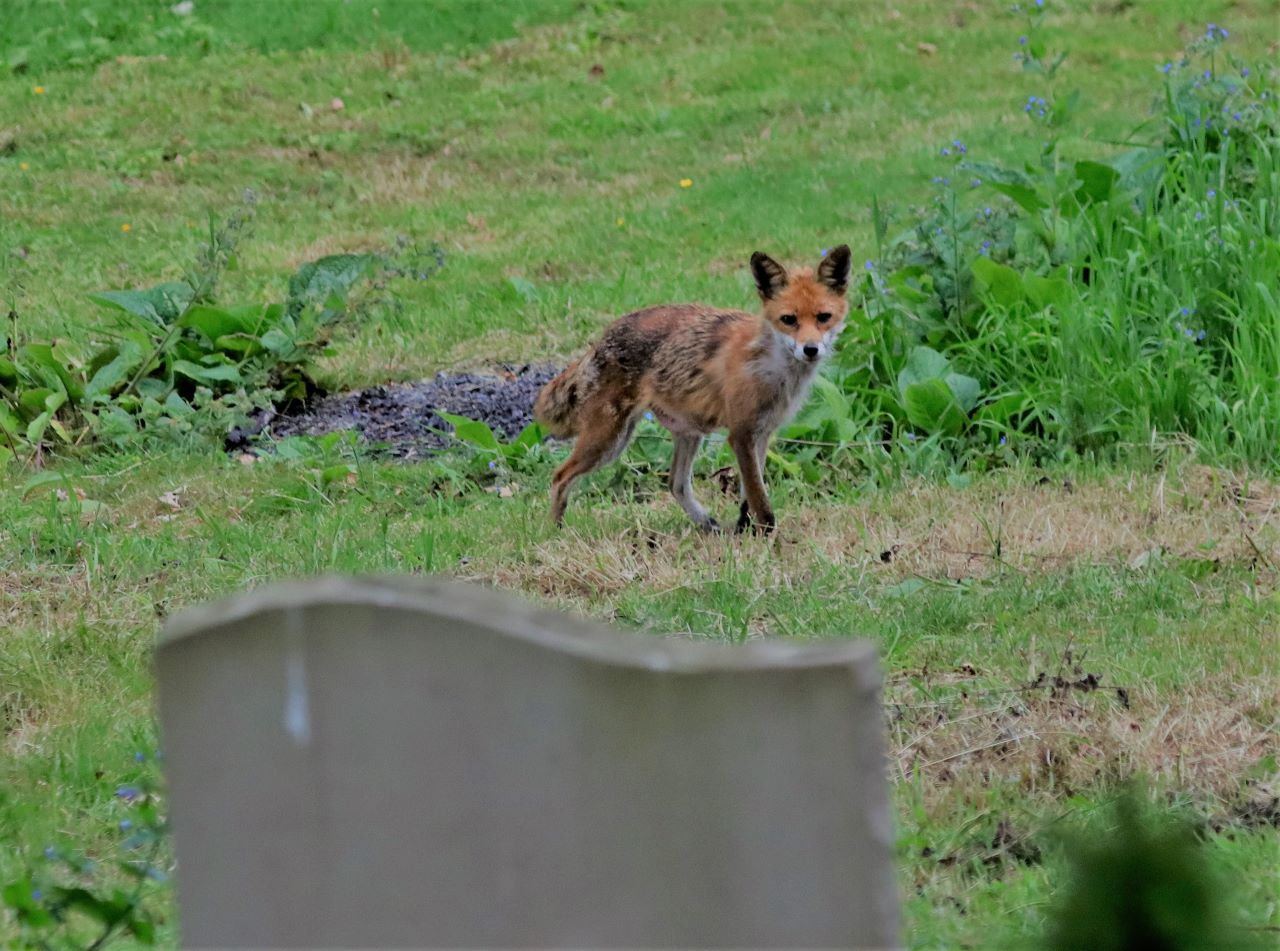
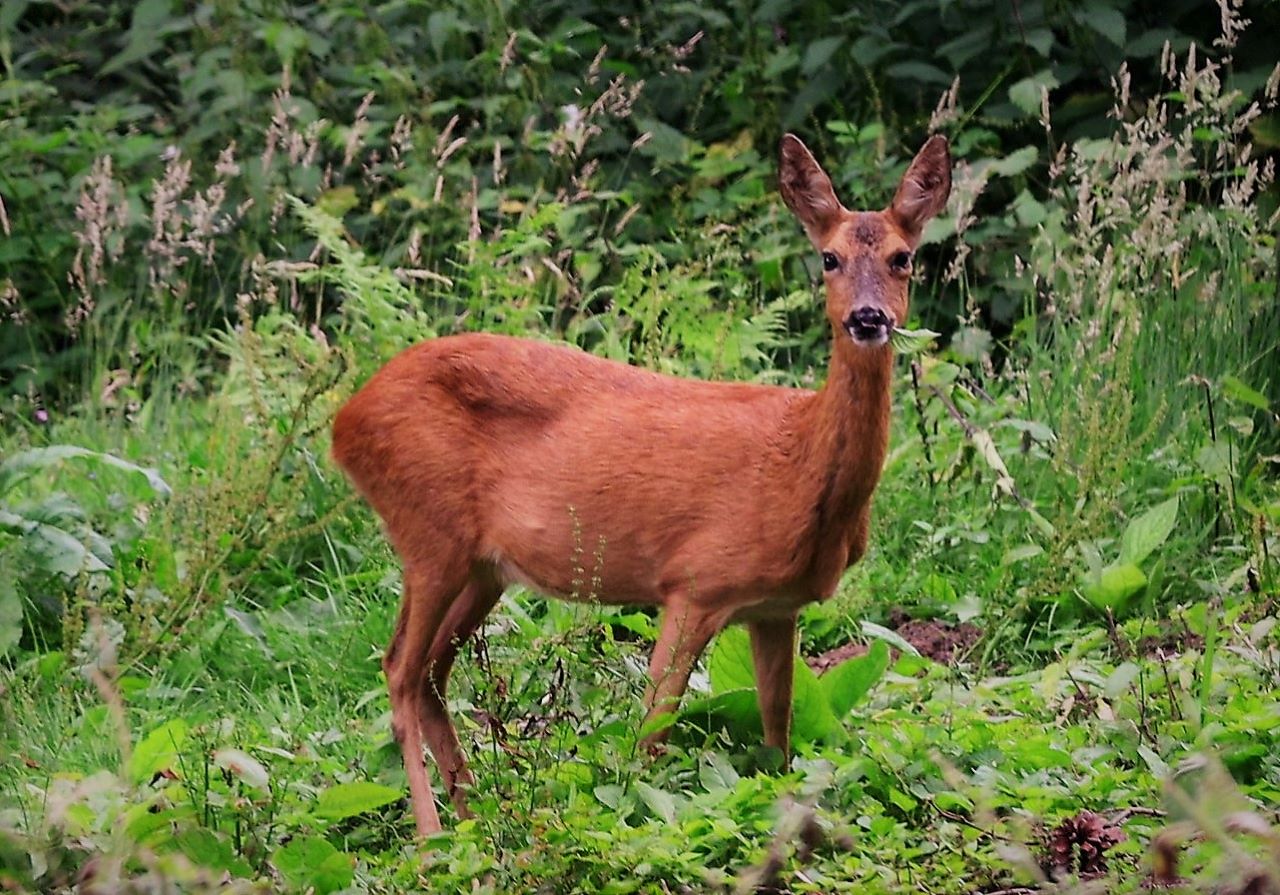





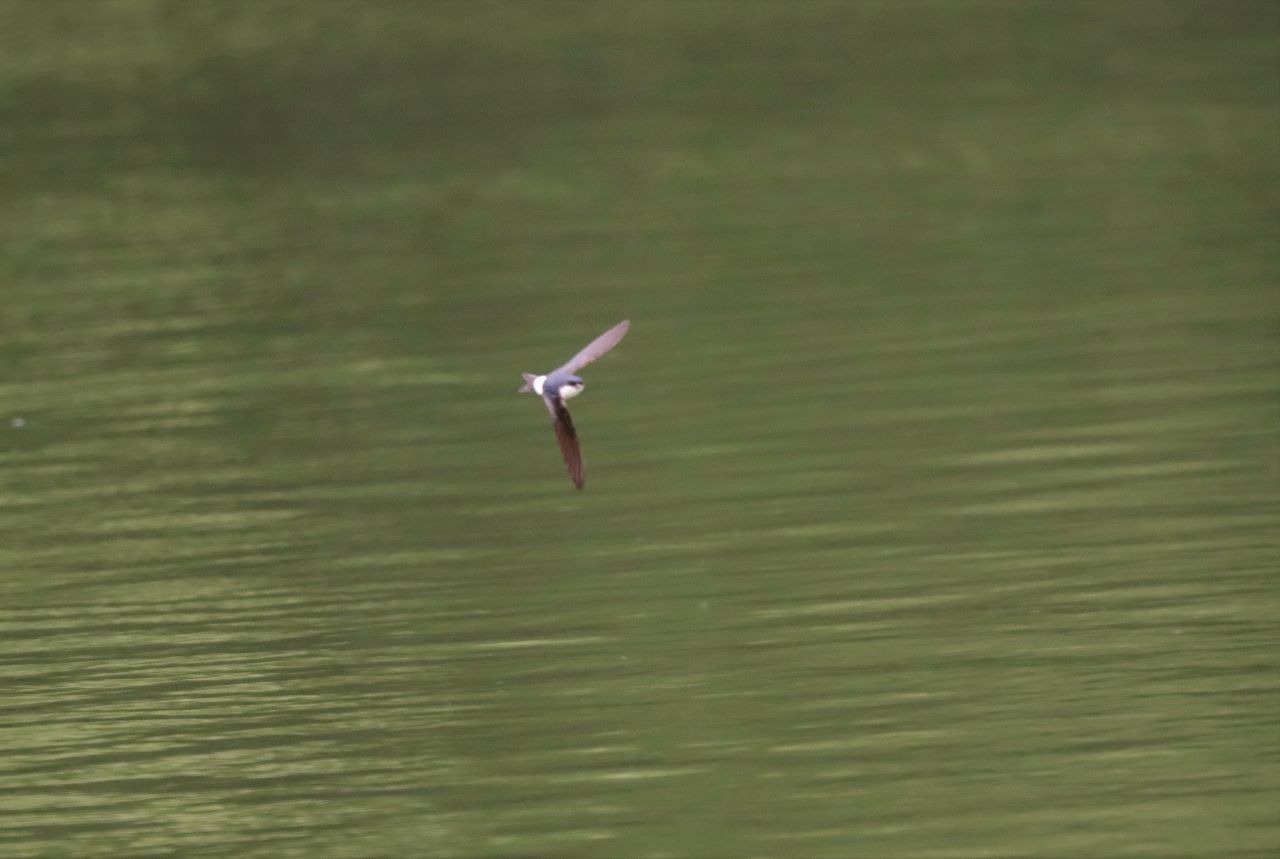


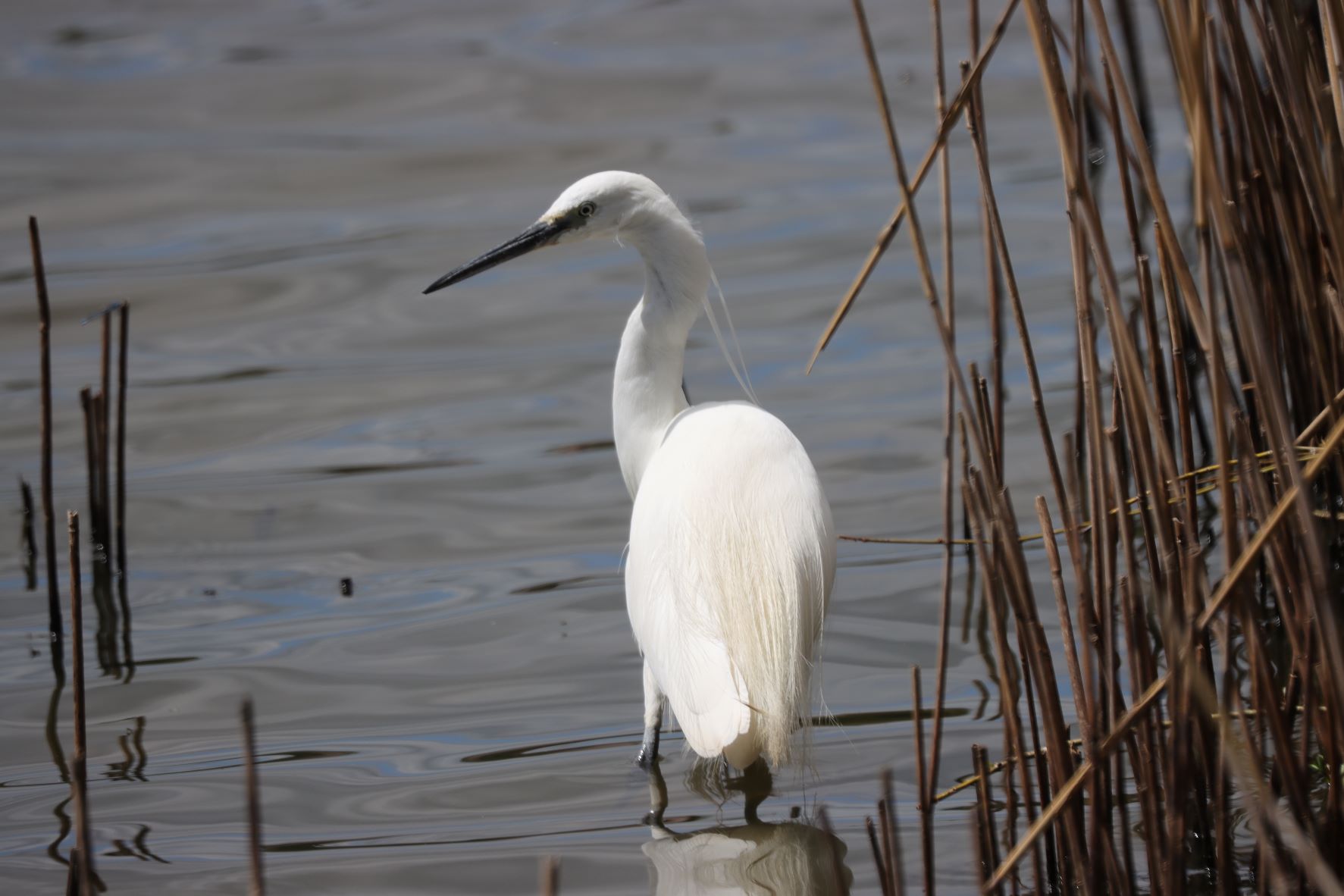
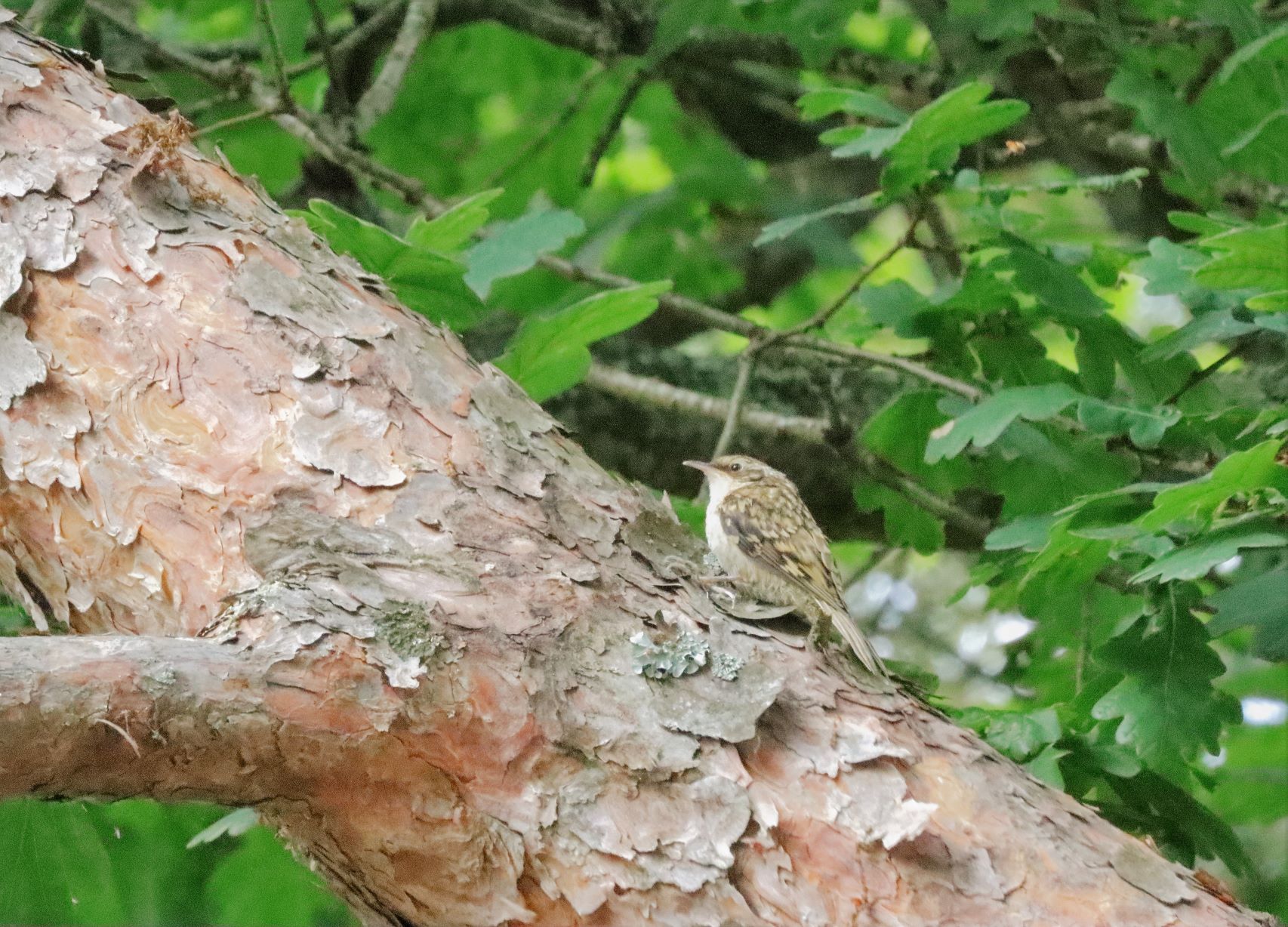
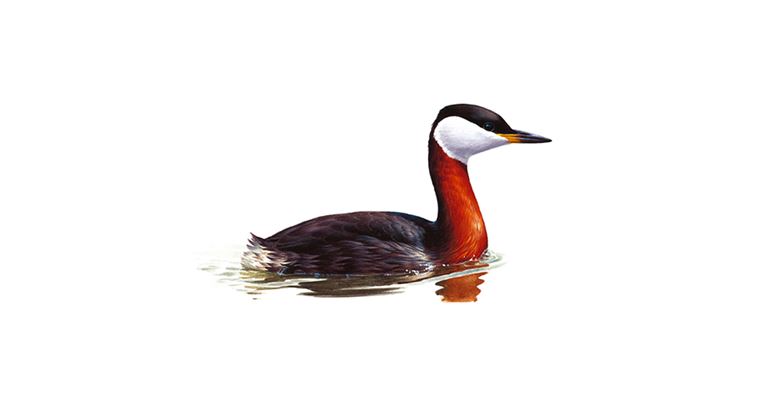

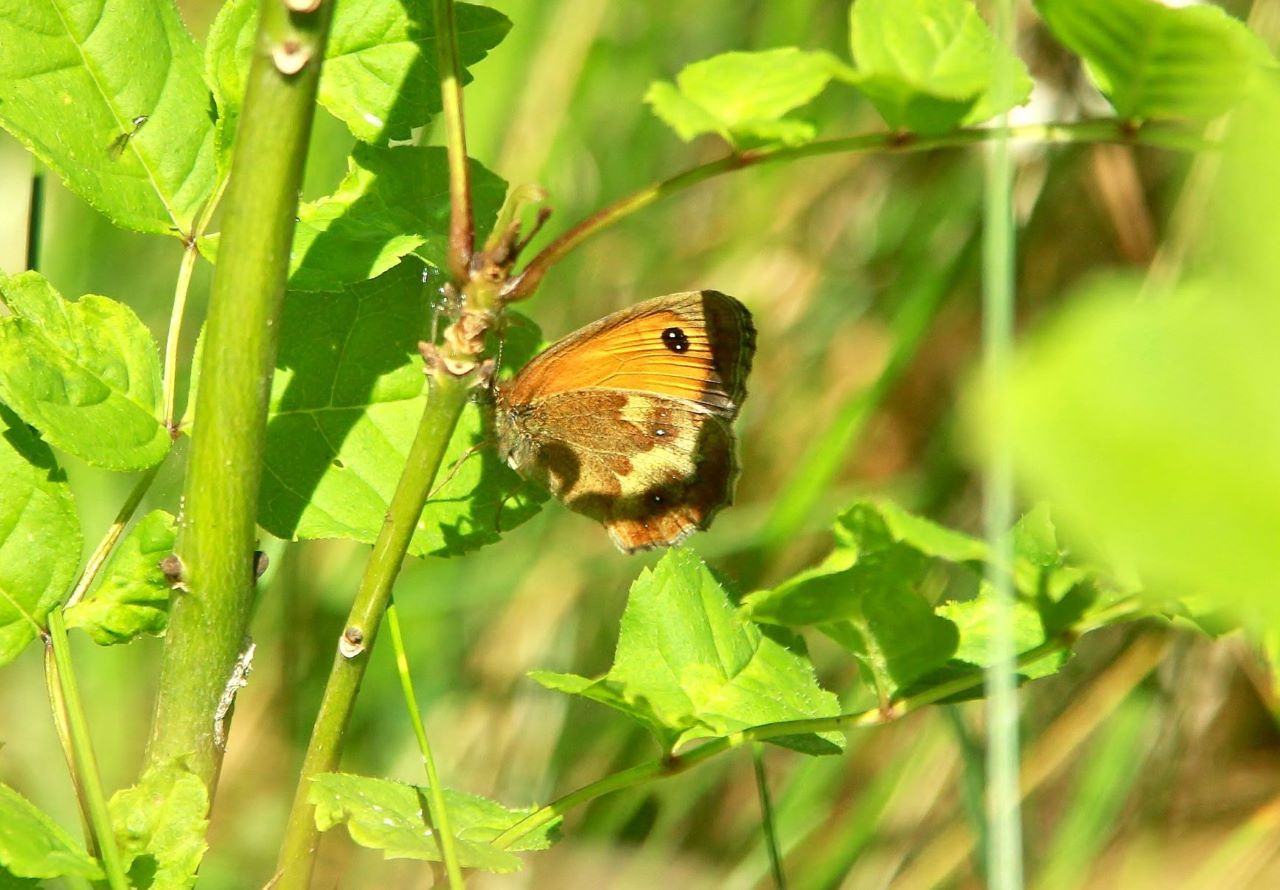


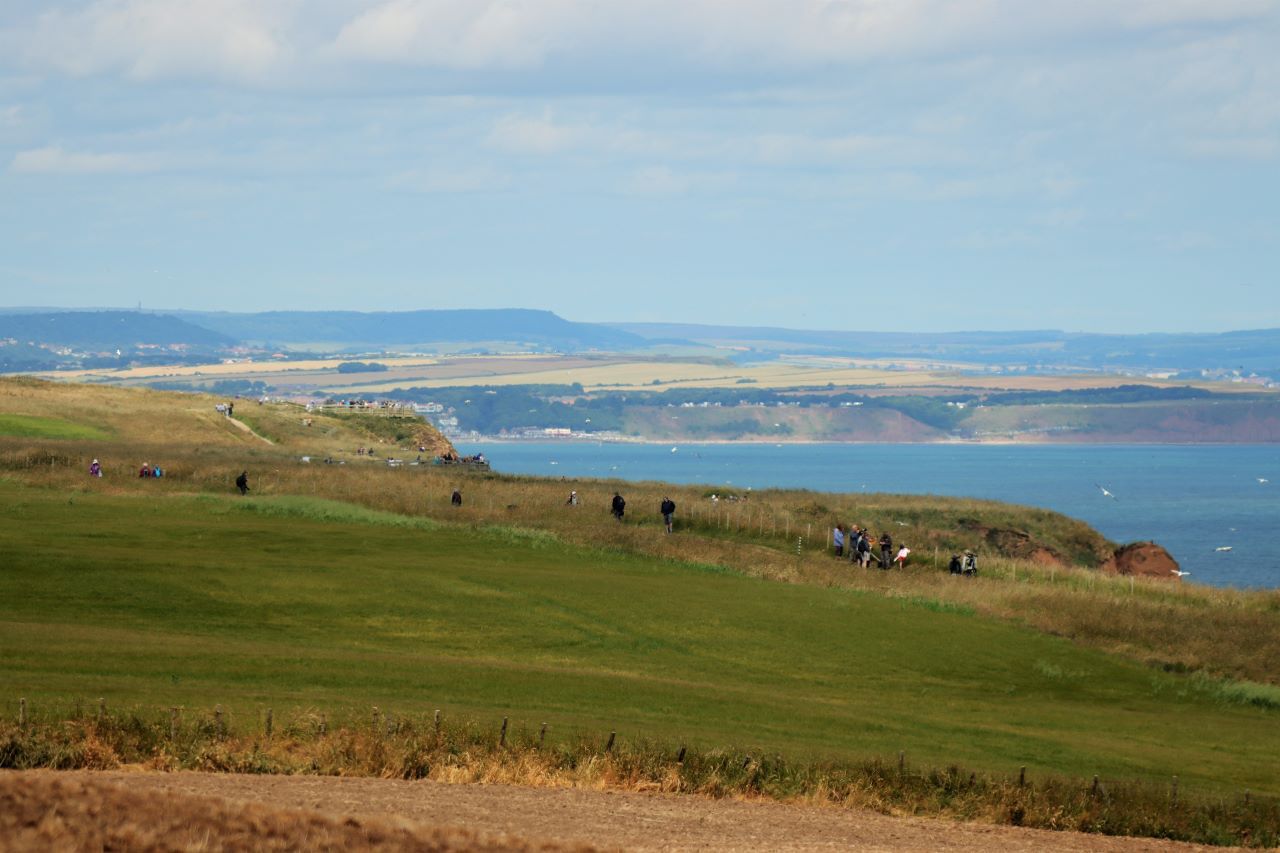

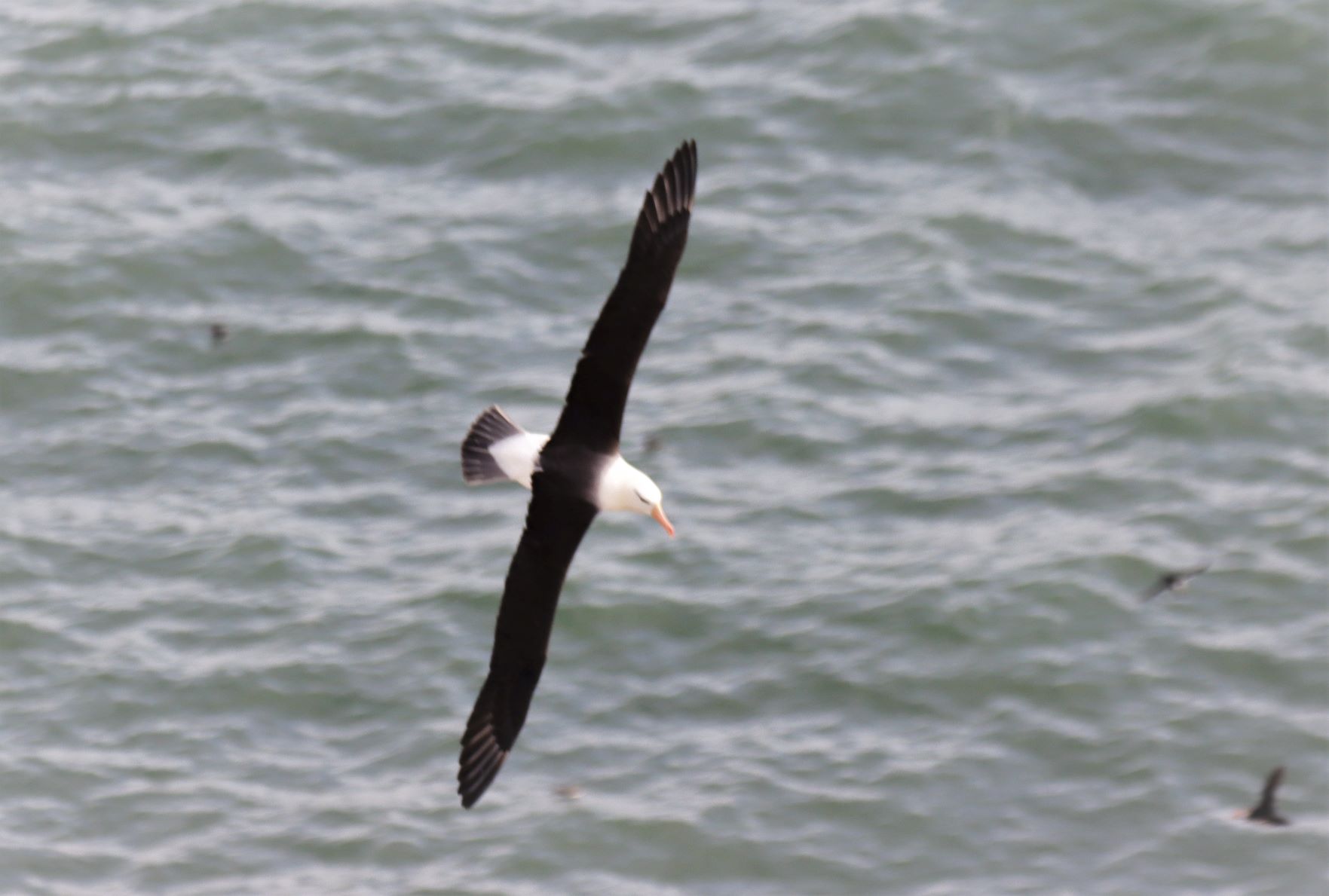



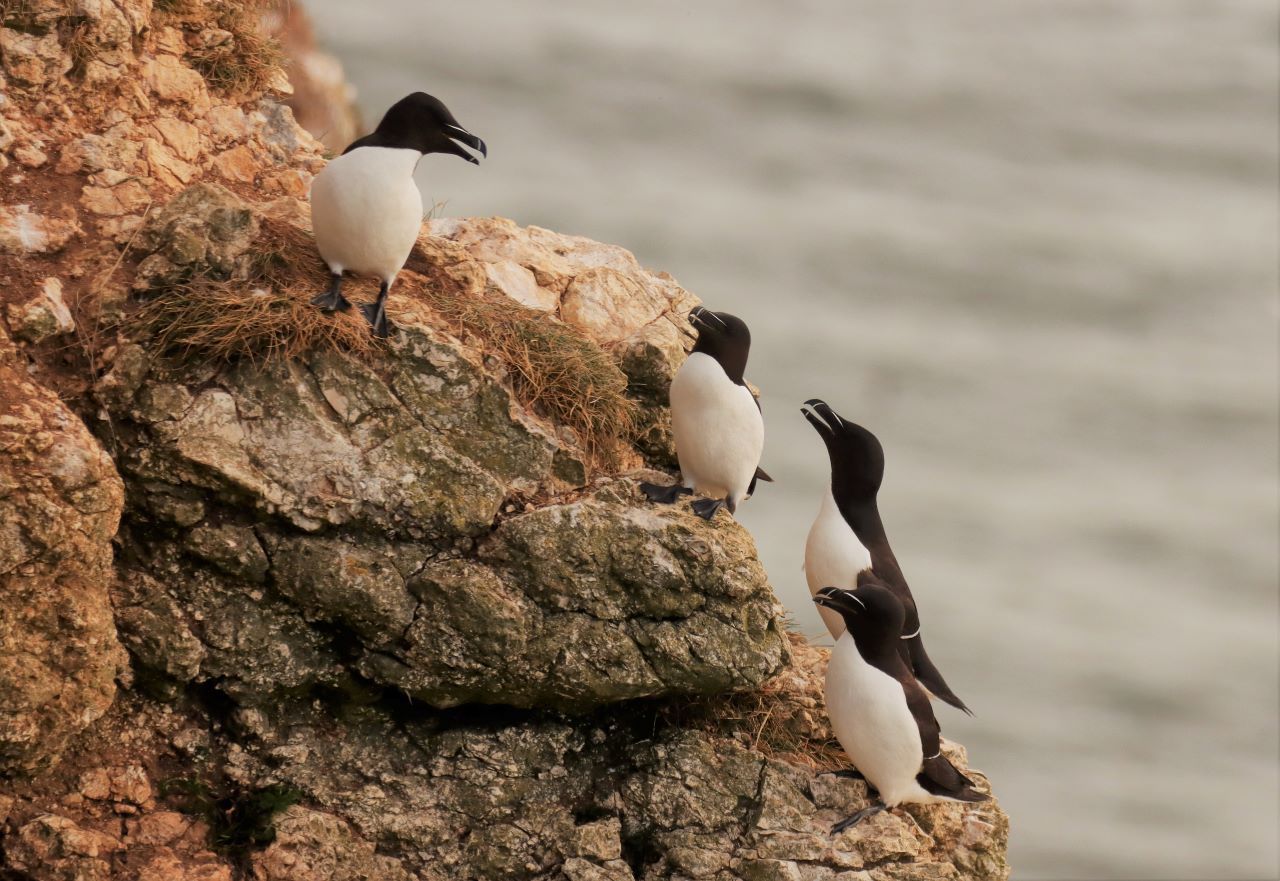
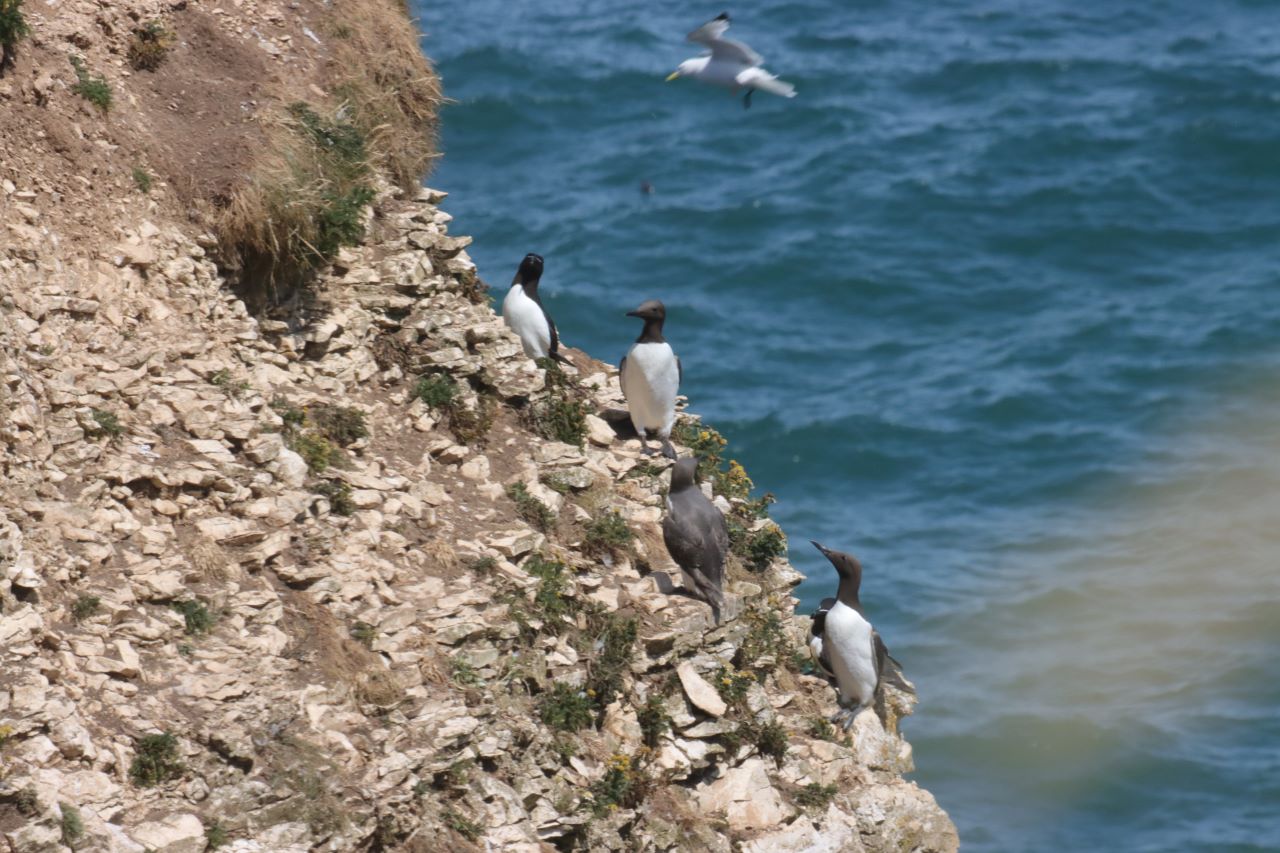
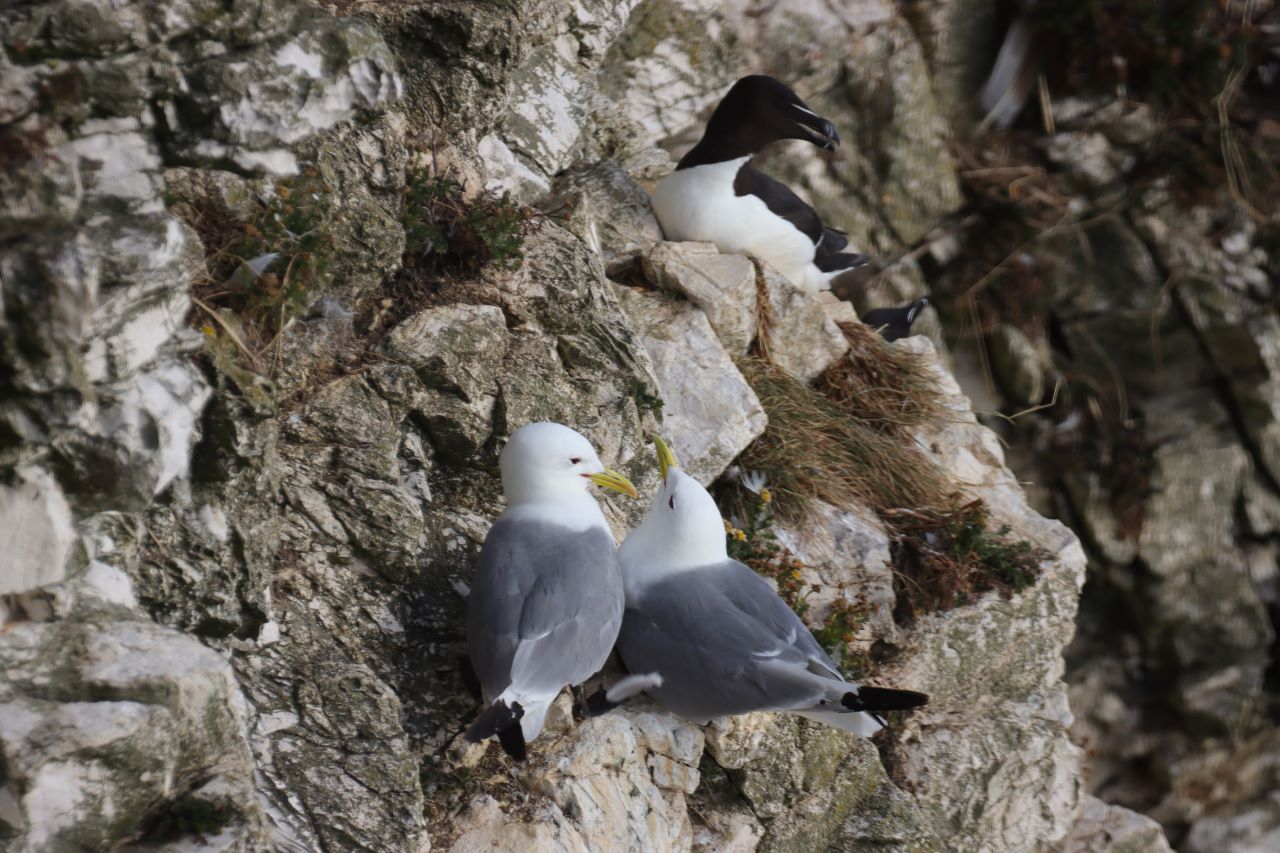
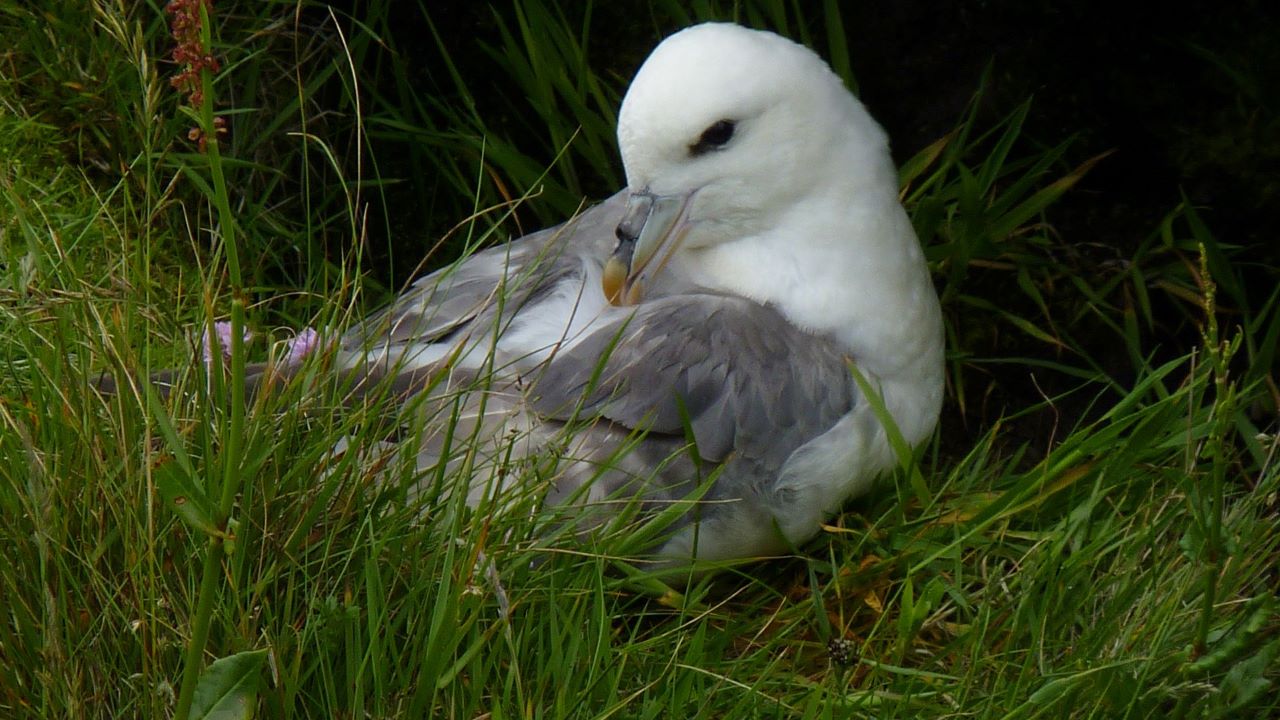

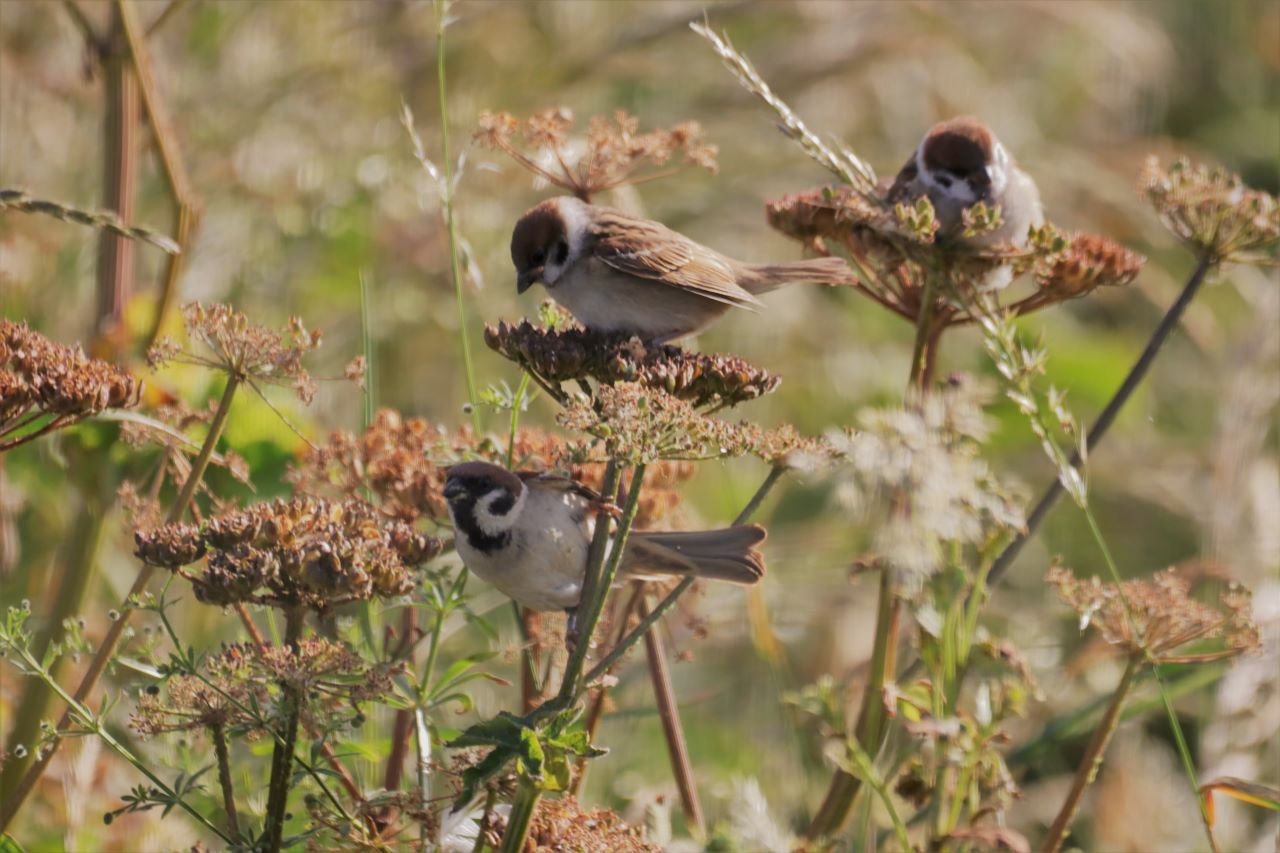
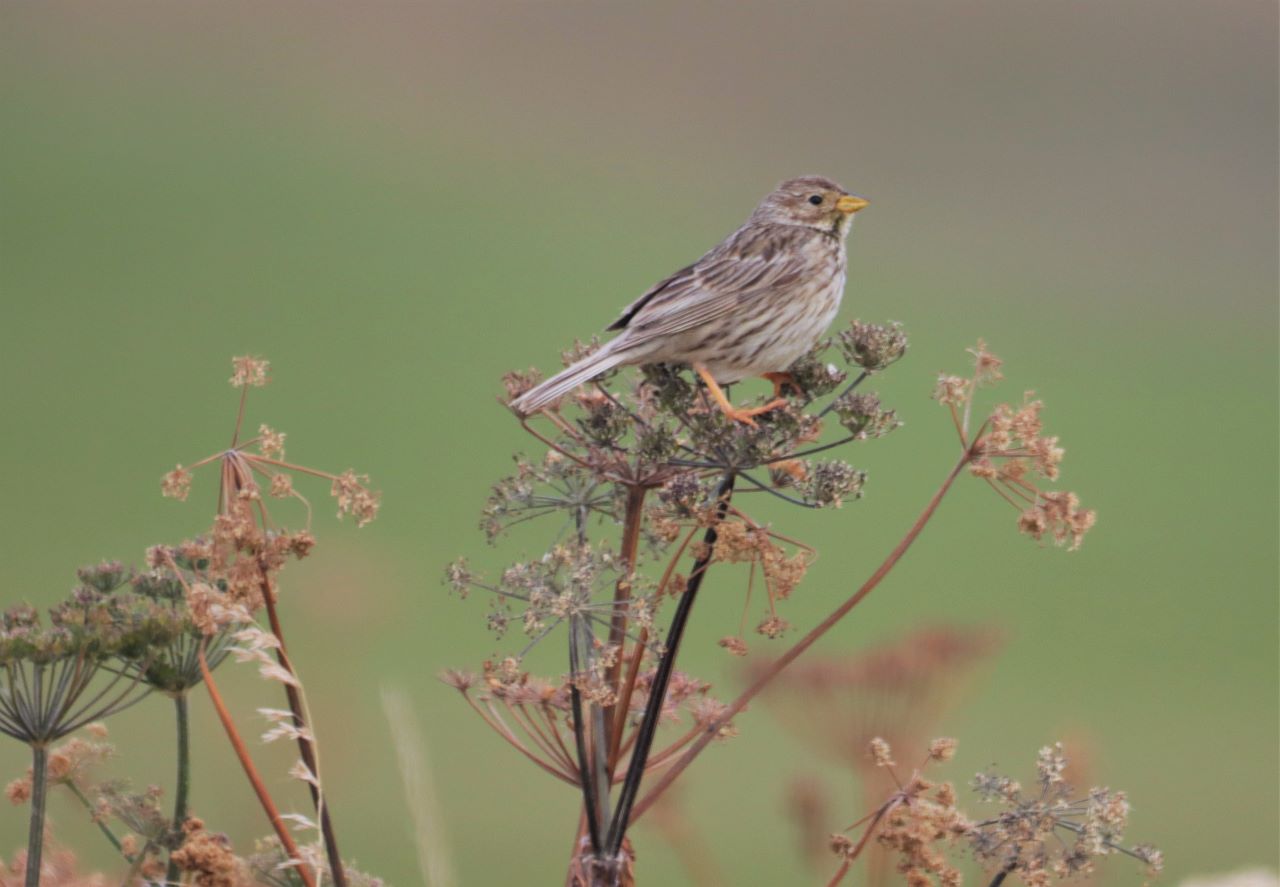

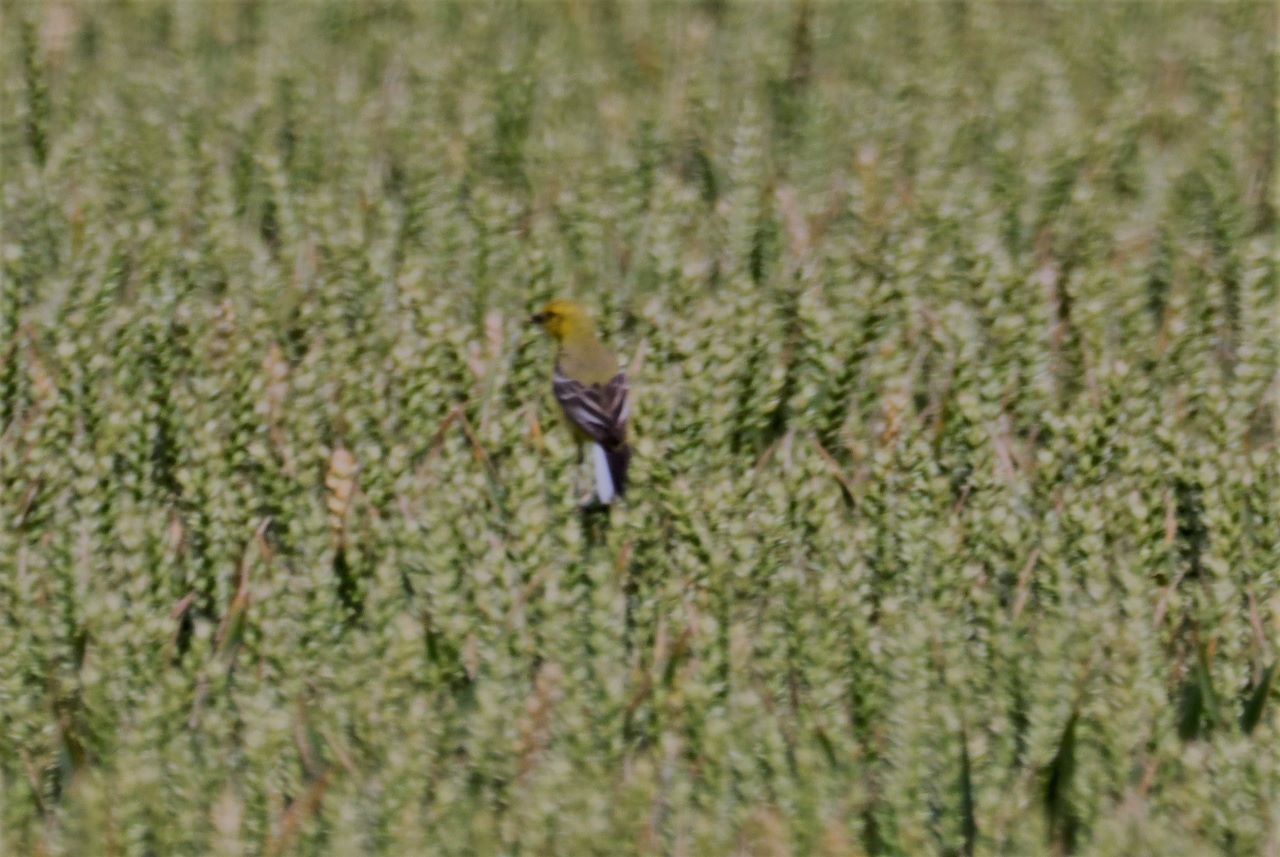

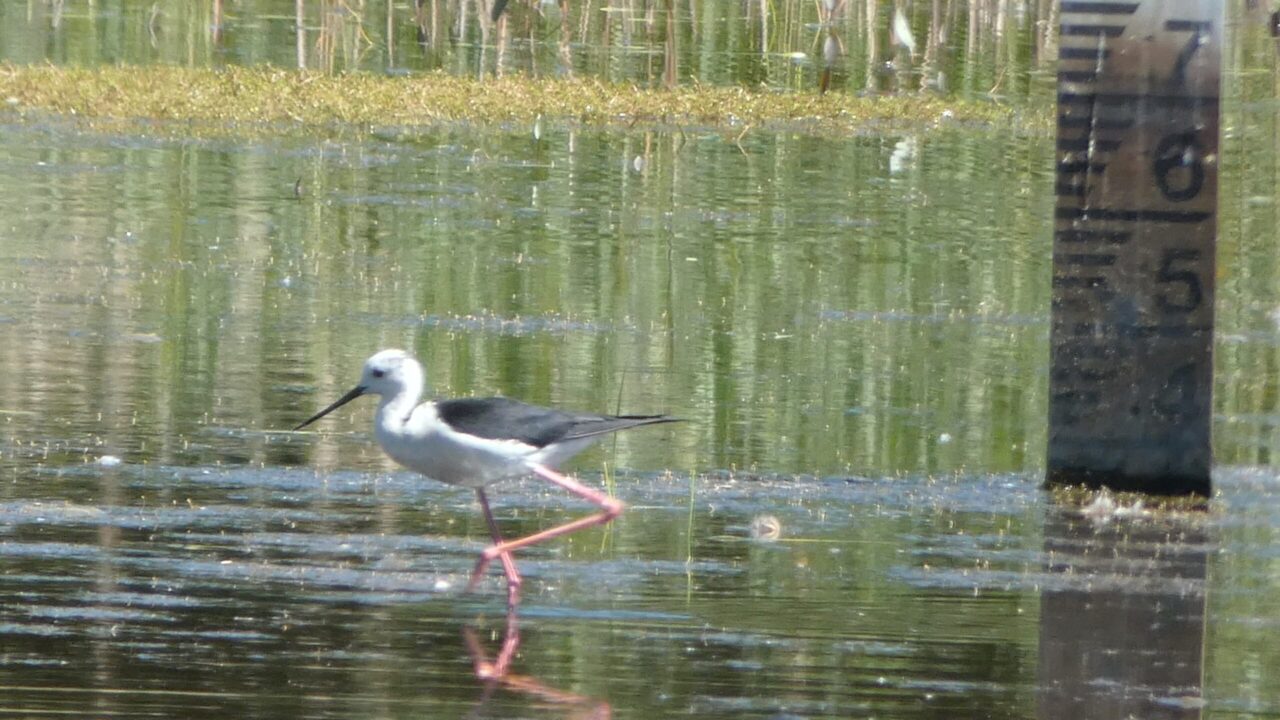
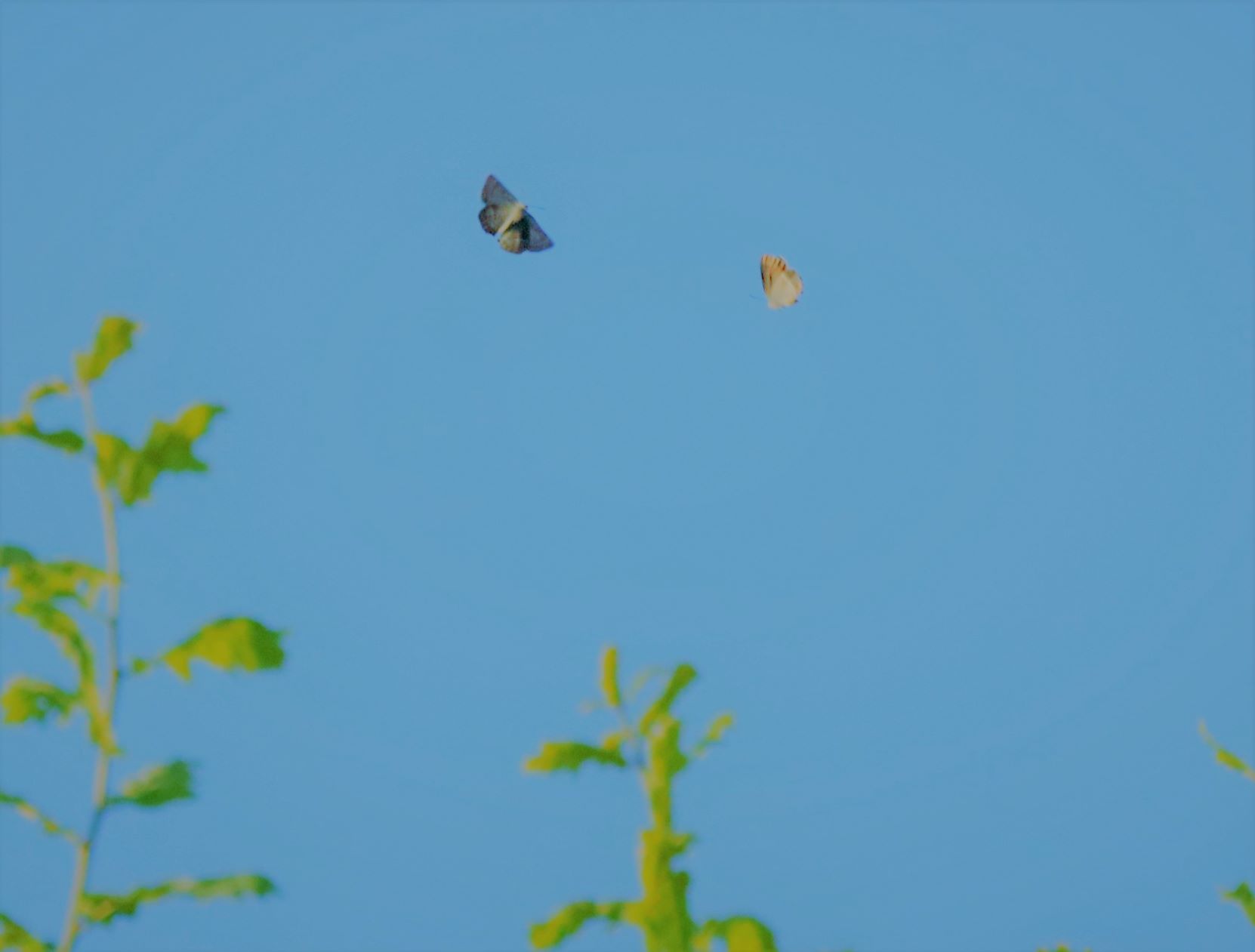



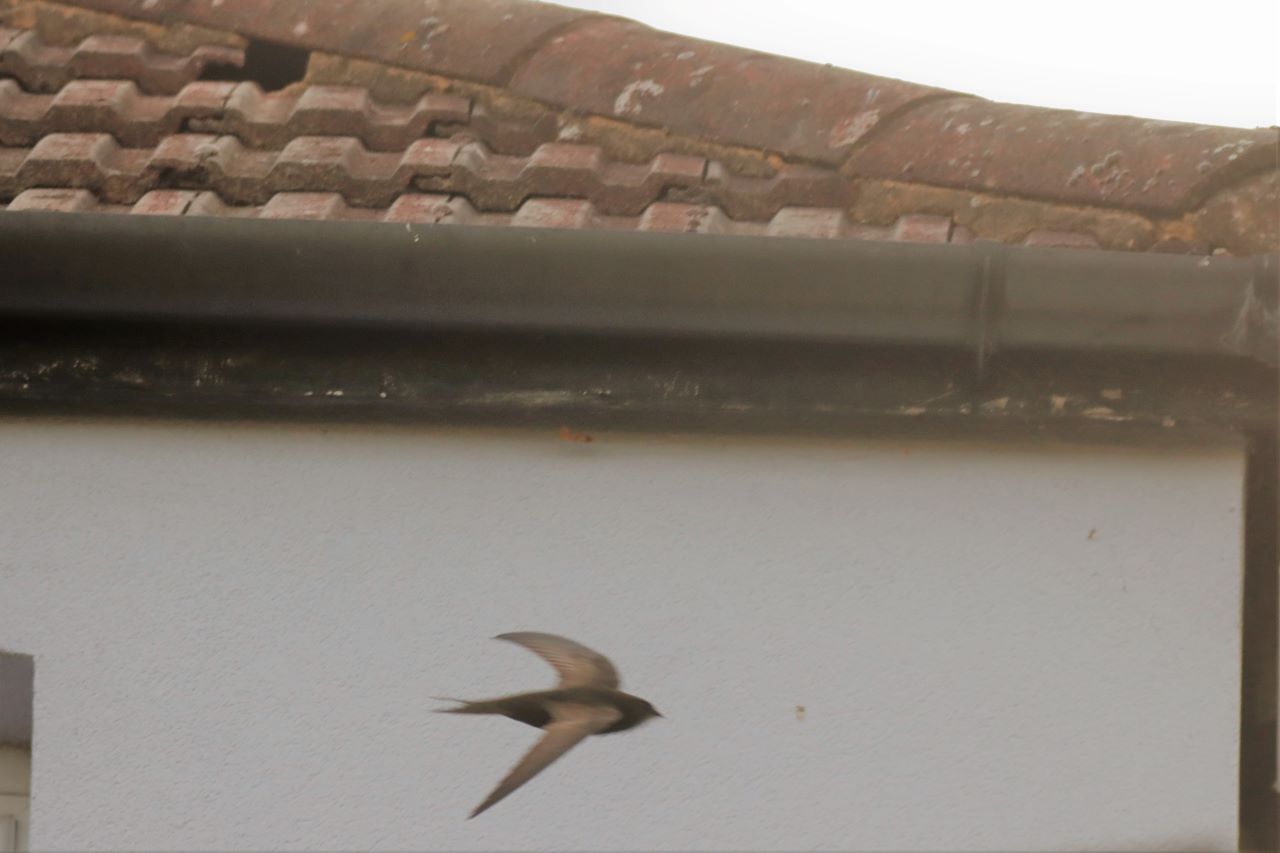






Recent Comments